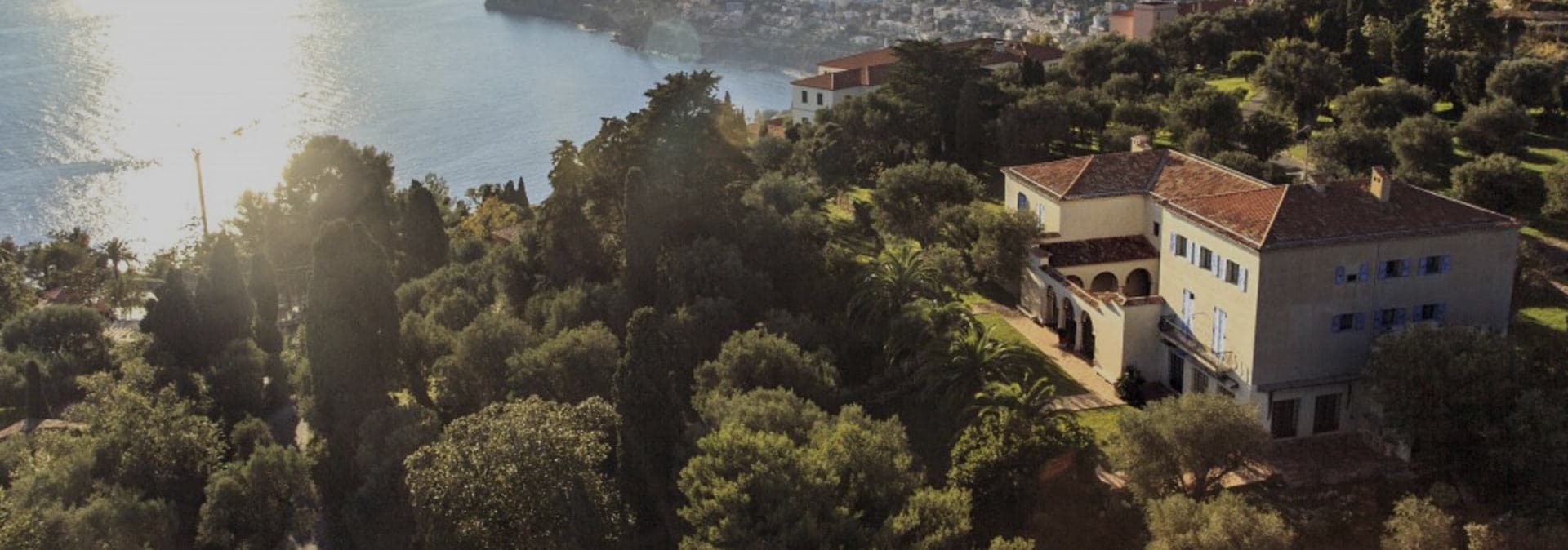“Whoever does not visit Paris regularly will never truly be elegant.”
Honoré de Balzac’s words are certainly ones to live by. As cities go, it is Paris above all others that has been written about and captured the heart of more writers than anywhere else. It is romanticised, adored, maybe misunderstood. But it is always elegant. “That Paris exists, and anyone could choose to live anywhere else in the world will always be a mystery to me” is a sentiment I can very much endorse. In such a city as Paris, however, there are a few places above all others that can capture a person’s imagination. I could have written about Place des Vosges and its dark history of duelling, or the impressionist Musée de l’Orangerie hidden amongst the Tuileries Gardens, where Monet’s famous Waterlilies hang. However Jardin du Luxembourg in the city’s famed 6th Arrondissement, a short walk from the Quarter Latin, is perhaps Paris’s greatest treasure.

As a beautiful oasis of colour, the Jardin du Luxembourg is a golden gem in a city of treasure. Like much of Paris’s greatest masterpieces the garden has a chequered past, from the playground of Italian queens to a vast World War II bunker. Today however it is adorned with spectacular fountains and a fairy tale ancient orchard straight out of Alice in Wonderland. It’s been the meeting ground of Parisians centuries back. The Jardin is hallowed ground for intellectuals, you can walk the same paths as cultural icons, Chopin and Baudelaire, whose work is commemorated in this living, breathing testament to Parisian art and culture. To those especially cultured and well-travelled who walk the ornately decorated paths, you may recognise this beautiful garden for what it is – a recreation.

Like much of cosmopolitan Paris’s greatest treasures ‘Luco’, (as it is known to the Parisians) was not the idea of a Frenchman. It was commissioned and created by the mother of Louis XIII, Marie de Medici. Her upbringing in Florence had given her a keen eye for Italianate design. Marie’s grandiose vision was a recreation of the vast Renaissance Pitti Palace in Florence, the palatial seat of her native Medici family whose patronage had brought about some of Europe’s greatest artistic treasures. It’s certainly not a relatable problem but a palace needs formal gardens. In typically Medici style she went ostentatious, because if you had unlimited power and money you would, wouldn’t you?
She had the palace now; she needed the gardens to match. The Boboli Gardens adjoining the Pitti Palace was her muse as she hired a series of gardeners in order to make a broad recreation of her beloved Florentine home. She’d certainly have made her Medici ancestors proud by going grand, completing her vision with a nympheum and her very own artificial grotto. Her centrepiece however was the Medici Fountain. This was a monumental work of Francini’s, who gained the enviable official title of ‘General of the Fountains for the King’. A title which would go on to bring him fame and repute across Europe. Together they created an Eden in the centre of Paris. To describe the Medici Fountain as large would be an understatement. Fitting with all the styling cues of the era Marie’s fountain was designed to resemble a cave in the same style as the monumental fountain inside the Boboli gardens. The fountain holds a special place in the heart of many Parisians as it rapidly became a meeting place of lovers inscribing itself into the folklore of the city of love.
Unfortunately as the heart of French power moved away from Paris to Versailles, the garden deteriorated as the numerous statues displaying Greek and Roman mythology were stolen. Salvation came however from the most unlikely of sources. You would have thought The French Revolution of 1789 would have seen anything royal in nature spurned and condemned. It’s fair to say, however that these revolutionaries put fashion and elegance first in true Parisian style. Under the careful guiding hand of Jean Chalgrin (credit for anyone who knows him as architect of the Arc de Triomphe) the garden was reborn, ironically becoming a homage to the monarchy, probably not quite what the staunchly anti-monarchy revolutionaries had in mind…

The park that we see today is quintessentially Parisian: elegant and glamorous. Aside from the escapism of the ancient orchards and orangeries Jardin du Luxembourg is a hive of activity. Tennis courts and sailing lakes offer a more physical escapism, whilst chess has risen to become the official pastime of the park with frequently competitive games drawing in large crowds. For those seeking some solitude the outskirts of the park offer Saint Sulpice, a hauntingly beautiful ecclesiastical building which was immortalised in the Da Vinci Code. The statues however are Luxembourg’s most famous tenants lining the walkways with everything from the minotaur to Beethoven represented. As the wise Henry Miller once said, “To know Paris is to know a great deal”. And for those who know Paris, Jardin du Luxembourg is the place to be. Its beauty has been immortalised numerous times in the annals of French literature. One of France’s most-beloved sons Victor Hugo used the garden as the romantic backdrop for his principal love story in his masterpiece of Les Misérables. To be chosen by Victor Hugo as the most romantic place in Paris. Praise does not come much higher than that.
 SECURE PAYMENTS
SECURE PAYMENTS  FREE EXPRESS SHIPPING FOR
ALL ORDERS OVER €100
FREE EXPRESS SHIPPING FOR
ALL ORDERS OVER €100 FREE EXCHANGES & RETURNS
FREE EXCHANGES & RETURNS AVG. 3-5 BUSINESS DAYS DELIVERY
AVG. 3-5 BUSINESS DAYS DELIVERY
 NEXT
SHIPMENT TO
NEXT
SHIPMENT TO 







